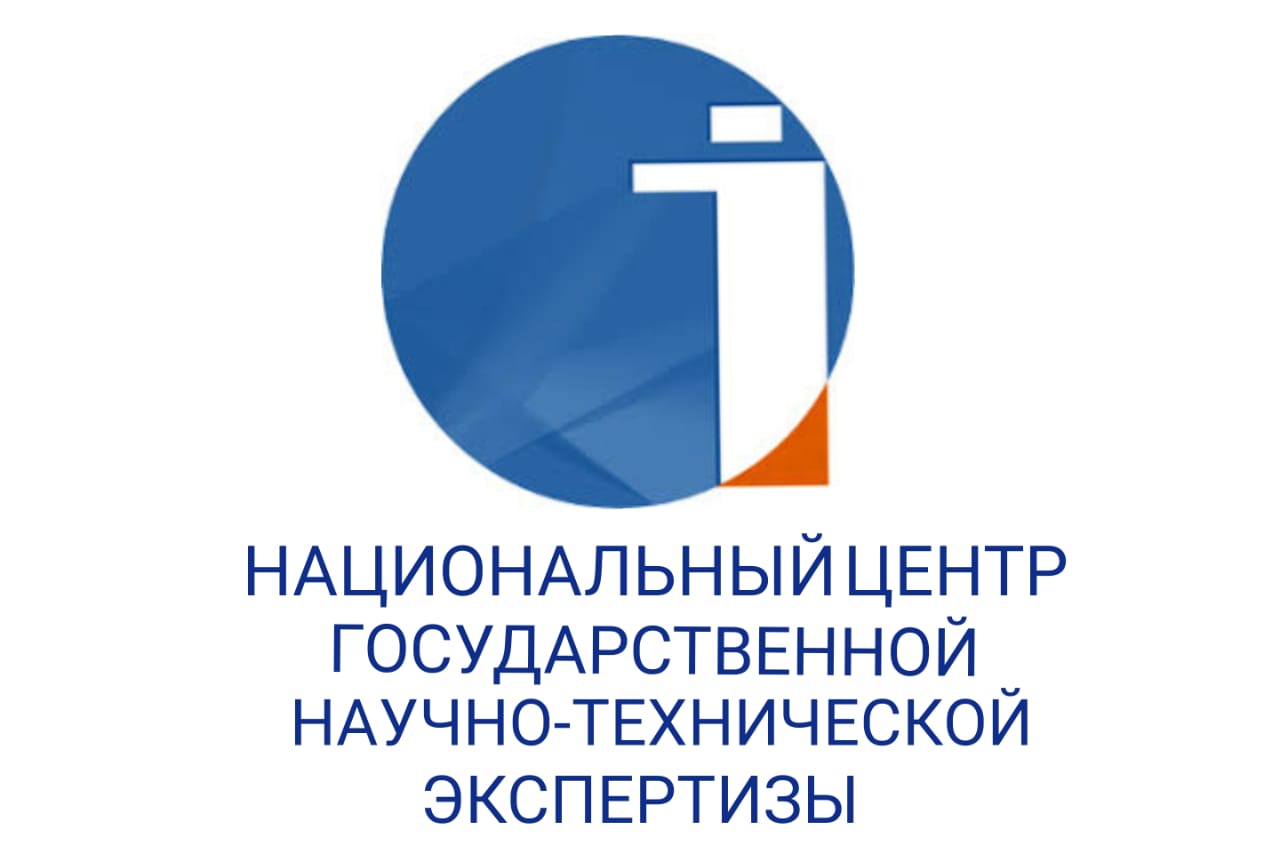NAMES OF FOOD PRODUCTS IN WRITTEN MONUMENTS OF THE MIDDLE AGES AND THEIR LINGUOCULTURAL FIELD IN THE KAZAKH LANGUAGE
DOI:
https://doi.org/10.48371/PHILS.2024.4.75.014Keywords:
ancient Kipchak language, Middle Turkic language, Kipchak studies, Golden Horde, linguoculturology, linguocultural unit, kumys, kurt, sarkutAbstract
This paper presents an analysis of the names of food products in the linguocultural aspect found in the written monuments of the Golden Horde of the 14-th century. The purpose of the research is to identify the presence of names of food products that are found in written monuments of the Middle Ages and in the modern Kazakh language. The scientific significance of the paper is the possibility of further in-depth study of food names in the linguocultural aspect, referring to the connection between language and national culture.
The methodology of the scientific research is based on a comprehensive analysis of the names of food products found in written monuments of the 14-th century that appeared during the era of the Golden Horde: Qutb’s works, poems by Seif Sarai, Khorezmi’s work, Makhmud bin Ali’s works. In the process of research, the ethnocultural nature of the names of food products found in written monuments of the Middle Ages was revealed.
Today, one of the pressing problems being developed by linguoculturology is the study of language in inextricable connection with the culture of a certain ethnic group. The names of food products are not a simple system of symbols, but an indicator of national culture. It is food, and food culture in general, that most clearly reflects the national identity of a people, its ethnic specificity, as well as its cultural traditions and customs. The article presents a table that shows the names of dishes that are found in written ancient Turkic monuments. As a result of an in-depth analysis, it was proven that 90% of food names are found in the modern Kazakh language.
The scientific and practical significance of scientific work is determined by the growing interest in the centuries-old cultural heritage of the Kazakh people, dating back to the written monuments of the Golden Horde era. And the names of food products are one of the areas of material culture that last longer compared to other areas of national specificity. The results of the research can be used in teaching university courses in cultural linguistics, cultural studies, ethnolinguistics, sociolinguistics, cognitive linguistics, and ethnopsycholinguistics.








